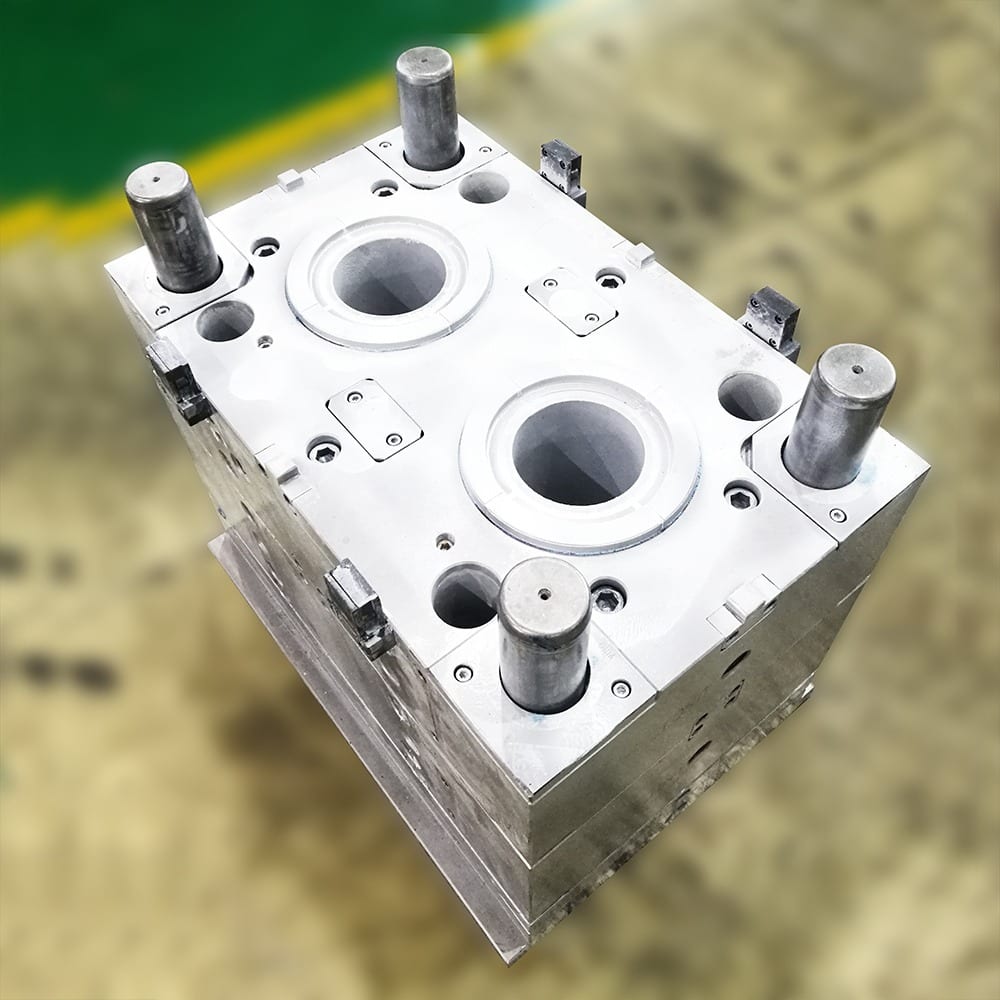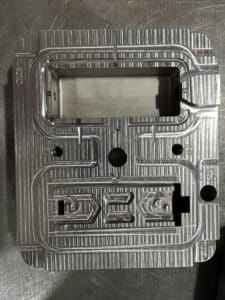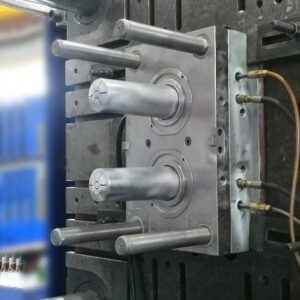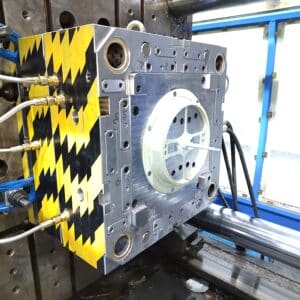How to design the gate of injection mold?
Gate design is related to size, shape, mold structure, injection process conditions and properties of the plastic parts. But in terms of basic functions, the gate section should be small and the length should be short, because only in this way can we meet the requirements of increasing the flow rate, fast cooling and sealing, facilitating the separation of plastic parts, and minimizing the gate residue.
1. Requirements for gate location
Appearance requirements (gate trace, weld line)
Product functional requirements
Die processing requirements
Warping deformation of products
Gate capacity is not easy to remove
The molding process is easy to control
2. Impact on production and functions
The flow length determines the injection pressure, clamping force, and the shortening of the full flow length of the product can reduce the injection pressure and clamping force.
The position of the gate will affect the holding pressure, the size of the holding pressure, and whether the holding pressure is balanced. Keep the gate away from the position where the product is stressed (such as the bearing) to avoid residual stress. Exhaust must be considered at the gate position to avoid wind accumulation. Do not place the gate at the weak or embedded position of the product to avoid deviation.
3. Tips for selecting gate location
Gate
The gate is a short groove with small cross section area, which is used to connect the runner and mold cavity. The cross-sectional area should therefore be small in order to achieve the following effects:
The gate will be cold formed soon after the mold cavity is injected

plastic injection molding machines
Simple water outlet
The water outlet is completed, leaving only a few traces
Make the packing of multiple mold cavities easier to control
Reduce excessive filler
Gate location and size
① Place the gate at the thickest part of the product, and pouring from the thickest part can provide better filling and pressure maintaining effect. If the pressure is insufficient, the thinner area will solidify faster than the thicker area, so as to avoid placing the gate at the sudden change of thickness, so as to avoid the occurrence of hysteresis or short shot.
② If possible, pouring from the center of the product and placing the gate in the center of the product can provide an equal length of flow length. The size of the flow length will affect the required injection pressure. The central pouring makes the pressure maintaining pressure in all directions uniform, which can avoid uneven volume shrinkage.
③ When the plastic flows into the runner, the plastic first heats (cools) and solidifies near the mold surface. When the plastic flows forward again, only the plastic layer solidified here flows through. Because plastic is a low heat transfer material, solid plastic can still flow if it forms an insulating green layer and a retention layer.
Therefore, in an ideal situation, the gate should be set at the position of the cross runner layer to achieve the best plastic flow effect. This situation is most common in circular and hexagonal cross flow channels However, the trapezoidal cross runner cannot achieve this effect, because the gate cannot be set in the middle of the runner.
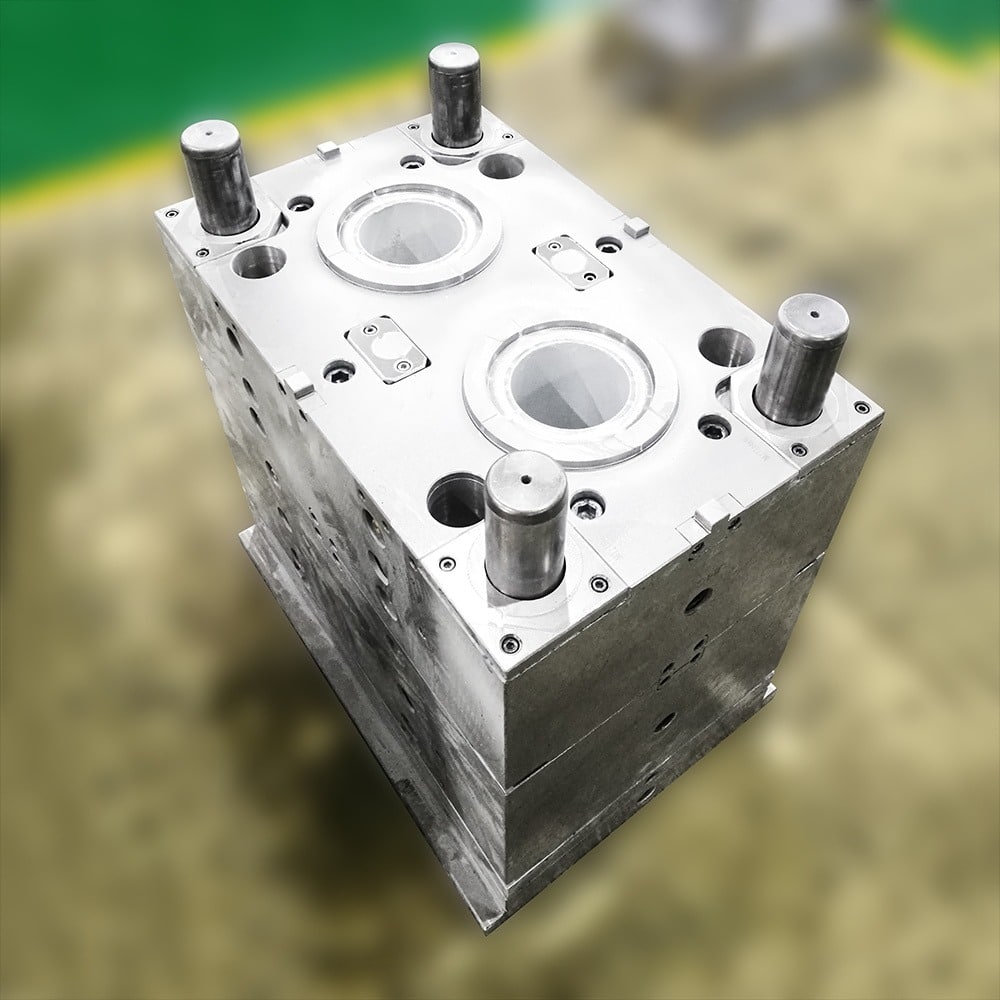
plastic injection molding
When determining the gate position, the following principles shall be followed:
The rubber injected into each part of the mold cavity shall be as even as possible;
The rubber injected into the mold should maintain a uniform and stable flow front at all stages of the injection process;
Consideration shall be given to possible welding marks, bubbles, dents, virtual positions, insufficient glue injection and glue spraying;
The water outlet shall be easy to operate, preferably automatically;
The location of the gate shall match all aspects.
There are no hard and fast rules for gate design methods. Most of them are based on experience, but there are two basic elements that need to be compromised:
The larger the cross-sectional area of the gate, the better, while the shorter the length of the channel, the better, to reduce the pressure loss when the plastic passes through.
The gate must be thin and narrow, so as to easily cold knot and prevent excessive plastic backflow Therefore, the gate is in the center of the runner, and its cross section should be as round as possible. However, the gate switch is usually determined by the module switch
Gate size
The gate size can be determined by the cross-sectional area and gate length. The following factors can determine the optimal gate size:
Rubber flow characteristics
Thickness of module
Amount of rubber injected into the mold cavity
Melting temperature
Mold temperature
4. Balance of gate
If a balanced runner system cannot be obtained, the following gate balance method can be used to achieve the goal of uniform injection mold. This method is applicable to the tooling with a large number of die cavities.
There are two ways to balance the gate: changing the length of the gate channel and changing the cross-sectional area of the gate. In another case, when the mold cavity has different projected areas, the gate also needs to be balanced.
At this time, to determine the size of the gate, it is necessary to determine the size of one of the gates, calculate its ratio to the volume of its corresponding mold cavity, and apply this ratio to the comparison between its gate and each corresponding mold cavity, so that the size of each gate can be calculated successively. After the actual trial injection, the balance operation of the gate can be completed.
5. Direct gate or large water outlet
The runner directly supplies plastic to the finished product, and the runner is attached to the finished product. In the two plate mold, the big water outlet is usually one out of one, but in the design of the three plate mold or hot runner mold, it can be more than one beer.
Disadvantages: The water nozzle print formed on the surface of the finished product will affect the appearance of the finished product, and the size of the water nozzle print is the fine diameter hole of the pump nozzle.
6. Demoulding angle and length of the nozzle
Therefore, the large water mark can be reduced, as long as the size of the above pump nozzle is reduced However, the diameter of the pump nozzle is affected by the diameter of the pump nozzle, and the nozzle should be easy to mold, and the demoulding angle should not be less than 3 degrees, so only the length of the pump nozzle can be reduced, and the pump nozzle can be lengthened.
Gate selection:
The gate is the connection part between the runner and the cavity, and also the last part of the injection mold feeding system. Its basic functions are:
Make the molten plastic from the runner enter the cavity at the fastest speed.
After the cavity is filled, the gate can be quickly cooled and closed to prevent the cavity from flowing back the plastic that has not been cooled.
PS: (The nozzle is an important part of the mold. The product is formed after the heated dissolved plastic is injected into the mold through the nozzle and assembled in the middle of the front mold (A plate))
7. Summary
Gate design is related to size, shape, mold structure, injection process conditions and properties of the plastic parts. But in terms of basic functions, the gate section should be small and the length should be short, because only in this way can we meet the requirements of increasing the flow rate, fast cooling and sealing, facilitating the separation of plastic parts, and minimizing the gate residue.
The key points of gate design can be summarized as follows:
1) The gate is arranged at the thicker section of the plastic part, so that the molten material flows from the thick section to the thin section to ensure complete mold filling;
2) The gate position shall be selected to minimize the plastic filling process to reduce the pressure loss;
3) The gate position should be selected to eliminate the air in the mold cavity;
4) The gate should not make the molten material directly rush into the mold cavity, otherwise it will produce swirling flow, leaving swirling traces on the plastic parts, especially the narrow gate is more prone to this defect;
5) The location of the gate shall be selected to prevent the generation of seam lines on the plastic surface, especially in circular or cylindrical plastic parts, the cold charging well shall be added at the melting point of the gate surface;
6) The gate position of the injection mold with a slender core should be far away from the molding core to prevent the molding core from deforming due to the impact of the material flow;
7) When large or flat plastic parts are formed, the compound gate can be used to prevent warping, deformation and material shortage;
8) The gate shall be set at the position that does not affect the appearance of the plastic part, such as the bottom of the edge;
9) The size of gate depends on the size and shape of plastic parts and the performance of plastic;
10) When designing the injection mould with multiple cavities, the balance of the gate shall be considered in combination with the balance of the runner, so as to ensure that the molten material is filled evenly at the same time.


